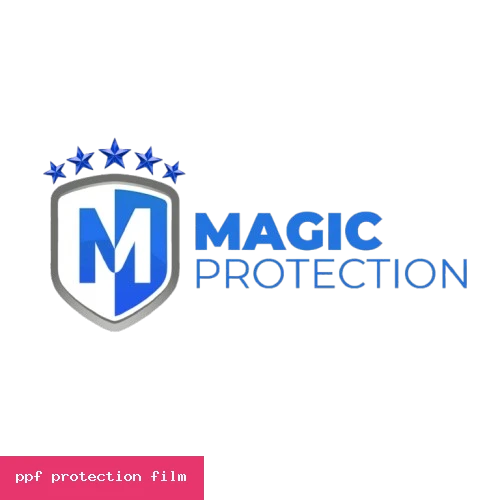Discover how ppf protection film shields your vehicle from scratches, chips, and UV damage Get clear installation guidance, maintenance tips, and buying advice
 2025-10-07 14:40:24
2025-10-07 14:40:24
Welcome to Magic ProTection. This guide explains what ppf protection film is, how it works, and how to choose, install, and maintain it so your vehicle's paint stays in top condition without overselling results.
ppf protection film is a clear, thin thermoplastic urethane layer applied to painted surfaces to reduce everyday wear such as rock chips, light scratches, bug etching, and minor abrasions. It can be factory-cut for precise fit or installed as full-panel coverage.
Higher-quality films often use thicker urethane layers and better adhesives, improving durability and clarity.
Choose gloss for a polished look or matte if you want to maintain a satin finish. Look for low-yellowing warranties and good optical clarity to avoid haze.
Many films offer heat-activated self-healing for light scratches. Check manufacturer warranties for staining, yellowing, and edge lifting.
Proper maintenance extends film life and preserves appearance.
Simple, actionable advice to get the most from your ppf protection film:
No. It reduces common damage such as chips and light scratches but does not make a vehicle impervious to deep impacts or vandalism.
High-quality ppf protection film can last 5–10 years depending on exposure, maintenance, and film quality. Check the manufacturer's expected lifespan and warranty.
Yes, when removed correctly by a trained installer, most films peel off without harming the underlying paint. Old or poorly applied film can be harder to remove cleanly.
No. Ceramic coatings provide hydrophobic properties and added shine but offer limited physical protection. PPF provides physical barrier protection; many owners combine both for best results.
ppf protection film is a practical option to help protect your vehicle's paint from everyday wear. For tailored advice and professional installation options, contact Magic ProTection to discuss the best film and coverage level for your needs.
ppf protection film